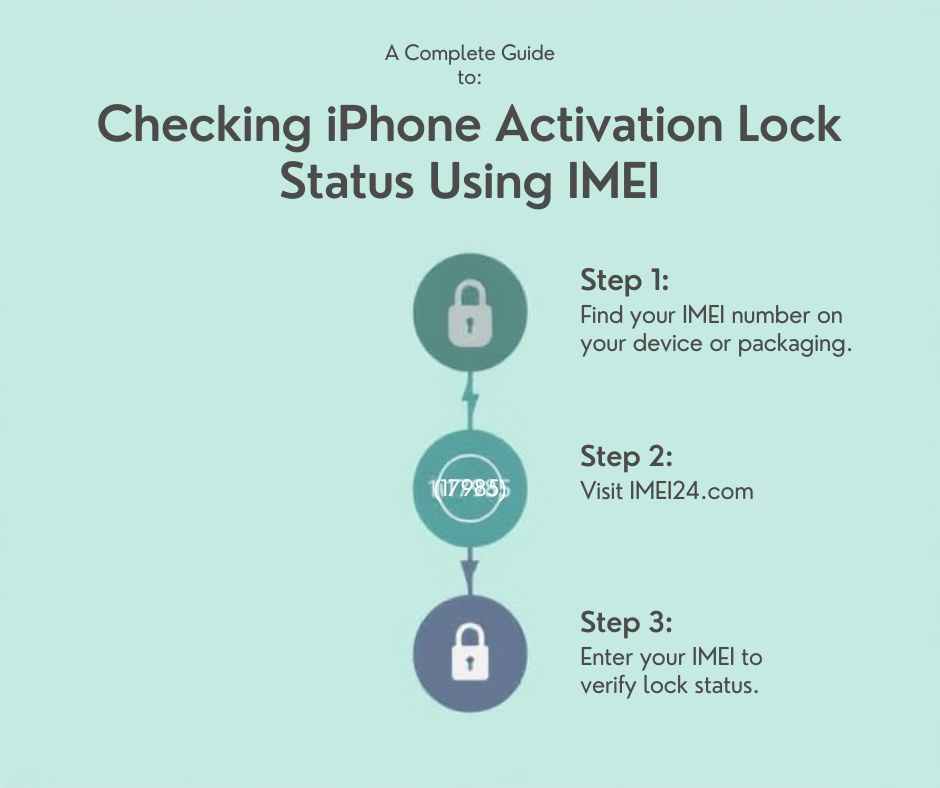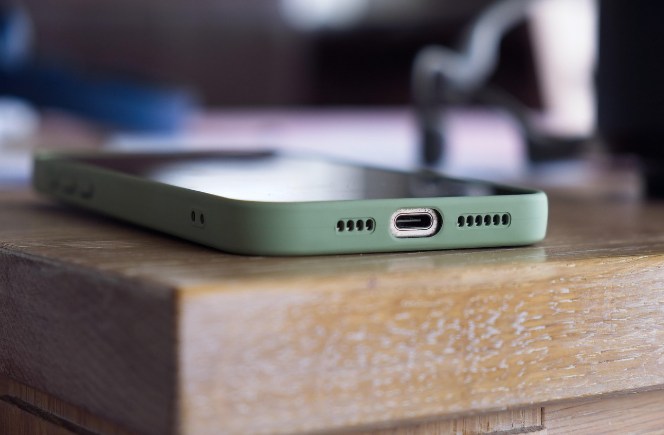A Complete Guide to Checking iPhone Activation Lock Status Using IMEI

In a second-hand smartphone market that continues to expand across online marketplaces, repair shops, and even betting communities where users trade devices to fund platforms like Melbet, one challenge remains constant: ensuring an iPhone is not Activation Locked. Apple’s security system, designed to protect users from theft, can quickly turn a good deal into an expensive mistake if buyers fail to verify a device before purchase.
Activation Lock, tied directly to Apple’s Find My iPhone feature, is one of the most effective anti-theft tools in the tech industry. But for buyers of used devices, it’s also one of the most important things to check before handing over money. The quickest, most reliable method to do so is by using the device’s IMEI number — a unique digital fingerprint that identifies an iPhone in international networks.
Why Activation Lock Matters
Activation Lock automatically switches on when the original owner enables Find My iPhone. From that moment, the device is linked to the owner’s Apple ID. If someone tries to erase or reactivate the phone without the correct credentials, the device simply won’t unlock.
This safeguards consumer data and dramatically reduces the value of stolen devices. However, it also causes significant issues in the resale market. Many honest sellers forget to sign out of iCloud before selling their device; meanwhile, scammers often attempt to offload iPhones that are locked beyond recovery.
For buyers, checking Activation Lock status is not an optional step — it’s essential.
What the IMEI Number Reveals
Every iPhone has a 15-digit IMEI (International Mobile Equipment Identity) number. This identifier is used by carriers, manufacturers, and verification tools to check a device’s status. It’s also the key to determining whether Activation Lock is turned on.
You can find the IMEI in several ways:
In Settings → General → About
Printed on the SIM tray
by dialing *#06#
On the original packaging
A legitimate seller will always provide the IMEI upon request. Anyone who refuses should be considered a risk.
How to Check Activation Lock Using IMEI
Apple formerly offered an official Activation Lock checker, but it has been discontinued. Today, consumers rely on reputable third-party IMEI-checking platforms that retrieve activation status from recognized databases.
The verification process typically works like this:
Enter the IMEI number into a trusted lookup service.
Submit the request and wait for the system to process the data.
Read the resulting report, which usually includes:
Activation Lock status (ON/OFF)
Find My iPhone status
iCloud lock information
Device specifications
Warranty and coverage information
If the device shows Activation Lock: ON, it cannot be used by a new owner until the original Apple ID holder removes the lock. If the status is OFF, the device is safe to purchase.
Buyer Red Flags to Watch For
Not all sellers are transparent — and scammers often rely on buyers’ lack of technical knowledge. Some common red flags include:
Sellers refusing to share the IMEI number
A device stuck on the initial setup screen
claims such as “It just needs a reset”
Prices far below market value
Device details that don’t match the IMEI report
These warning signs often point to iPhones that are Activation Locked, stolen, or tampered with.
If the Device Is Activation Locked
Only one person can remove Activation Lock: the original Apple ID owner. No tool, app, code, or unlock service can legitimately bypass it.
The seller will need to either:
Log in on the device and remove their iCloud account, or
Use iCloud.com to erase the phone and remove it from their account
If the seller cannot or will not perform these steps, the safest option is to walk away.
The Bottom Line
Checking Activation Lock status using the IMEI number is the most effective way to avoid costly mistakes when buying a used iPhone. In a market filled with private sellers, online listings, and trade-ins — even among communities exchanging devices to support activities on platforms like melbet — the IMEI check is your strongest safeguard against fraud.
One rule stands above all others: never buy a second-hand iPhone without verifying the IMEI first.











